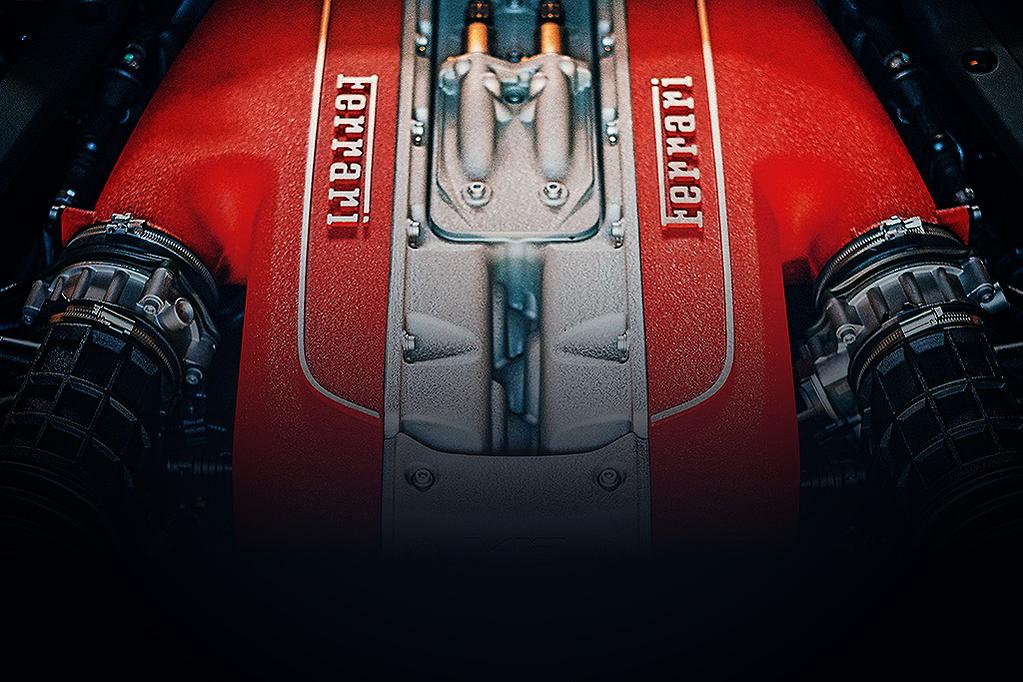Analyzing The Challenges Facing Premium Auto Brands In China: BMW, Porsche, And More

Table of Contents
China's luxury car market, once a guaranteed goldmine for international brands, is undergoing a dramatic transformation. While still a significant market, the dominance of established players like BMW, Porsche, and Mercedes-Benz is increasingly challenged by a confluence of factors. This article analyzes the key challenges facing premium auto brands in China, offering insights into the evolving landscape and the strategies needed for continued success. We'll explore the rise of domestic competition, shifting consumer preferences, regulatory hurdles, and the crucial need for strong brand building in this dynamic market.
The Rise of Domestic Competition
The Chinese automotive industry has rapidly matured. No longer are domestic brands merely imitations; they're now serious contenders, producing sophisticated and stylish vehicles at competitive price points. Brands like Hongqi, Nio, Li Auto, and BYD are leading this charge, leveraging cutting-edge technology and aggressive marketing to capture significant market share.
-
Specific examples: Nio's battery-swapping technology and sophisticated digital interfaces directly challenge Tesla and other premium EV players. Hongqi, backed by the government, is rapidly building brand awareness and prestige, targeting the upper echelons of the luxury market. BYD's success with hybrid and electric vehicles is disrupting the traditional luxury car segment.
-
Price point analysis: Domestic brands often offer comparable features and technology at lower price points than established international brands, making them increasingly attractive to cost-conscious Chinese consumers. This competitive pricing strategy is a significant factor in their market penetration.
-
Feature and Technology comparison: While some features may still lag behind established international brands in certain aspects, the gap is rapidly closing. Chinese brands are often at the forefront of incorporating advanced driver-assistance systems (ADAS) and connectivity features, appealing to tech-savvy consumers.
Shifting Consumer Preferences
Chinese luxury car buyers are no longer solely focused on established brand recognition. They're increasingly driven by technology, sustainability, and a unique brand experience. This demands a sophisticated and agile approach from premium auto brands.
-
Successful marketing campaigns: Brands that effectively leverage digital marketing, social media, and influencer marketing to connect with younger, tech-savvy consumers are finding success. Personalized experiences and targeted campaigns are critical.
-
Social media and influencer marketing: Weibo, WeChat, and other social media platforms are paramount for reaching the target audience. Collaborating with influential figures in the online space can significantly amplify brand reach and build trust.
-
Growing demand for EVs and hybrids: The Chinese government's strong push for electric vehicles (EVs) and its commitment to reducing carbon emissions are significantly influencing consumer choices. Premium auto brands must adapt to this trend with competitive EV offerings.
Navigating the Regulatory Landscape
China's automotive regulatory landscape is complex and ever-changing. Navigating import tariffs, stringent emissions standards, and increasingly demanding local content requirements is a major challenge for premium auto brands.
-
Regulatory hurdles: High import tariffs can significantly increase the cost of imported vehicles, impacting profitability. Meeting stringent emissions standards requires substantial investment in R&D and technology. Local content requirements necessitate establishing local manufacturing facilities and supply chains.
-
Strategies for compliance: Successful navigation requires proactive engagement with regulatory bodies, strategic partnerships with local suppliers, and a commitment to long-term investment in compliance.
-
Government subsidies and incentives: While challenging, the regulatory environment also presents opportunities. Government subsidies and incentives for EVs and other environmentally friendly vehicles can offer considerable advantages to brands who meet the criteria.
Supply Chain Disruptions and Global Economic Uncertainty
Global supply chain disruptions, particularly the semiconductor shortage, have severely impacted the availability and pricing of premium vehicles in China. Geopolitical factors and economic uncertainty further complicate the situation.
-
Supply chain challenges: The semiconductor shortage has led to production delays and increased costs. Disruptions to logistics and shipping have added further complexity to the supply chain.
-
Impact on production and sales: Production cuts and delays have resulted in reduced sales and unmet consumer demand, creating opportunities for competitors.
-
Risk mitigation strategies: Diversifying supply chains, establishing strategic partnerships, and implementing robust risk management strategies are essential for mitigating these challenges.
Building Brand Loyalty and Trust in a Competitive Market
In a market saturated with both domestic and international brands, building brand loyalty and trust is paramount. Premium auto brands need to invest heavily in customer relationship management (CRM) and unique brand experiences.
-
Successful branding strategies: A strong brand narrative, consistent messaging, and a focus on delivering exceptional customer experiences are crucial.
-
After-sales service and customer support: Providing high-quality after-sales service and readily available customer support builds trust and fosters long-term loyalty.
-
Brand reputation and customer reviews: Positive customer reviews and strong brand reputation are invaluable assets in a competitive market.
Conclusion
Premium auto brands face significant challenges in the Chinese market. The rise of domestic competitors, evolving consumer preferences, complex regulations, supply chain disruptions, and the constant need to build brand loyalty create a demanding environment. Understanding these challenges is critical for developing effective strategies for success. To maintain a competitive edge, premium auto brands must adapt to the evolving market dynamics, embrace innovation, and prioritize customer experience. Continue researching the Chinese luxury car market and stay informed about the latest developments affecting premium auto brands in the Chinese market – the strategies for success in the Chinese premium auto market are constantly evolving.

Featured Posts
-
 Eurovisions Lumo Design Reception And Legacy
May 19, 2025
Eurovisions Lumo Design Reception And Legacy
May 19, 2025 -
 Ufc Vegas 106 Michael Morales Secures Second Consecutive Performance Bonus
May 19, 2025
Ufc Vegas 106 Michael Morales Secures Second Consecutive Performance Bonus
May 19, 2025 -
 Billy Ray Cyrus Og Elizabeth Hurley Kjaerlighet Etter Stormvaer
May 19, 2025
Billy Ray Cyrus Og Elizabeth Hurley Kjaerlighet Etter Stormvaer
May 19, 2025 -
 Jennifer Lawrence And Cooke Maroney Another Public Appearance After Baby No 2 Rumors
May 19, 2025
Jennifer Lawrence And Cooke Maroney Another Public Appearance After Baby No 2 Rumors
May 19, 2025 -
 Jennifer Lawrence And Cooke Maroney New Photos Surface Following Baby No 2 News
May 19, 2025
Jennifer Lawrence And Cooke Maroney New Photos Surface Following Baby No 2 News
May 19, 2025
